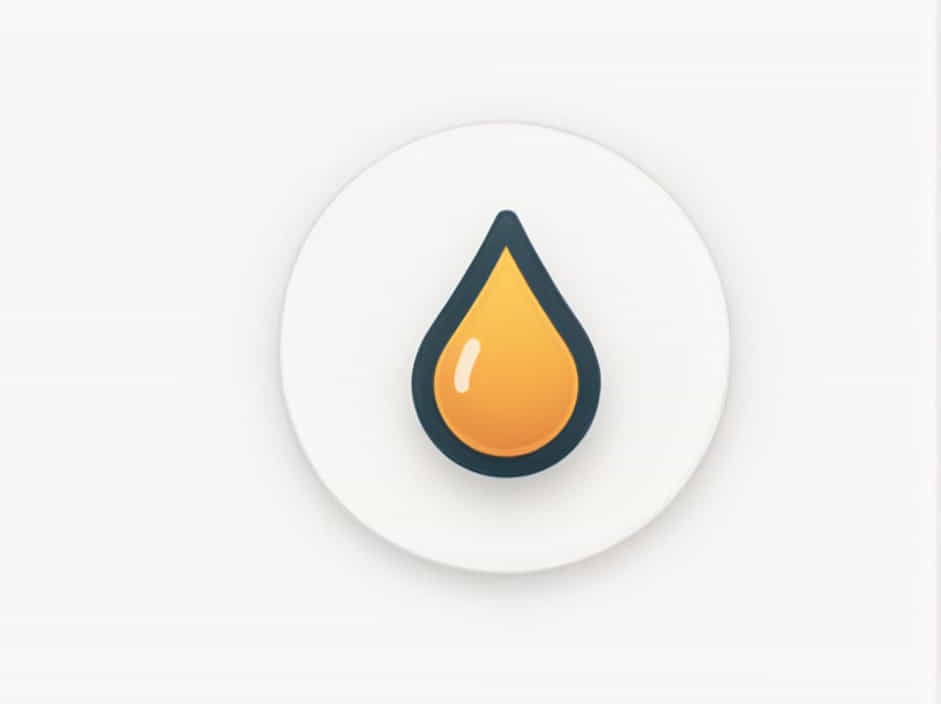The term ‘precipitate’ is often used in chemistry to describe the formation of a solid from a solution. It occurs when dissolved substances react and create an insoluble product that separates from the liquid. In everyday language, ‘precipitate’ can also mean something happening suddenly or unexpectedly.
Understanding precipitation is crucial in science, medicine, environmental studies, and even daily life. This topic will explore what precipitation is, how it works, and its real-world applications.
What Is Precipitate in Chemistry?
Definition of Precipitate
In chemistry, a precipitate is a solid that forms when two solutions react and produce an insoluble substance. The solid can appear as cloudy ptopics, sediment, or crystals in the liquid.
How Does Precipitation Happen?
✔ Mixing two soluble compounds – When solutions containing different ions are combined, they may form an insoluble salt.
✔ Temperature changes – Cooling a solution can cause a previously dissolved substance to crystallize.
✔ Evaporation – As water evaporates, dissolved substances become more concentrated and may form a solid.
Precipitation is a common process in laboratories, natural environments, and industrial settings.
Examples of Precipitation in Chemistry
Common Chemical Precipitation Reactions
✔ Mixing silver nitrate (AgNO₃) and sodium chloride (NaCl):
Silver chloride (AgCl) appears as a white, cloudy solid in the solution.
✔ Formation of calcium carbonate in hard water:
This reaction creates lime deposits in pipes and kettles.
✔ Rust formation in water:
Iron hydroxide (Fe(OH)₂) forms as a reddish-brown solid, leading to rust.
These examples show how precipitation is a key process in chemistry, geology, and engineering.
Precipitation in Everyday Life
Water Purification and Waste Treatment
✔ Removing heavy metals – Precipitation is used in water treatment to remove lead, mercury, and other toxic elements.
✔ Cleaning wastewater – Chemicals are added to wastewater to form solid contaminants that can be filtered out.
This process ensures clean drinking water and reduces environmental pollution.
Precipitation in Medicine and Healthcare
✔ Kidney stones – Form when minerals in urine precipitate and create solid deposits.
✔ Blood clotting – Fibrin proteins precipitate to form a clot and stop bleeding.
✔ Pharmaceuticals – Some drugs precipitate in the body to release active ingredients slowly.
Precipitation plays a vital role in medical treatments and human health.
Formation of Stalactites and Stalagmites
✔ Cave formations – Water carrying dissolved minerals precipitates to form stalactites (hanging) and stalagmites (rising).
✔ Mineral deposits – Precipitation leads to the formation of valuable ores like gold, silver, and copper.
These geological processes shape caves, mountains, and natural landscapes.
Factors Affecting Precipitation
Solubility Rules and Ion Concentration
✔ Solubility rules – Some compounds dissolve easily, while others form precipitates in water.
✔ Ion concentration – Higher ion concentration increases the chance of precipitation.
Temperature and pH Changes
✔ Higher temperatures – Often increase solubility, preventing precipitation.
✔ pH levels – Some precipitates form only under acidic or basic conditions.
Presence of Other Chemicals
✔ Competing ions – Some ions prevent precipitation by forming soluble complexes.
✔ Catalysts – Certain substances can speed up precipitation reactions.
These factors determine whether a substance remains dissolved or forms a solid.
Precipitation vs. Other Similar Terms
✔ Crystallization – Precipitation forms small solid ptopics, while crystallization creates organized structures.
✔ Sedimentation – Precipitates sink due to gravity, while sedimentation occurs naturally in rivers and lakes.
✔ Coagulation – Involves clumping small ptopics together, often used in water treatment.
Understanding these differences helps in various scientific and industrial applications.
The Role of Precipitation in Environmental Science
✔ Formation of acid rain – Sulfur dioxide (SO₂) and nitrogen oxides (NOₓ) react in the atmosphere, forming acidic precipitation.
✔ Soil and water contamination – Heavy metals precipitate and accumulate in ecosystems.
✔ Carbon cycle – Calcium carbonate (CaCO₃) precipitation removes CO₂ from the atmosphere.
Precipitation processes influence climate, pollution, and natural resource management.
The term ‘precipitate’ refers to the formation of a solid from a solution, a process essential in chemistry, medicine, industry, and the environment.
✔ In science, precipitation helps identify and separate compounds.
✔ In medicine, it plays a role in drug formulation, kidney stone formation, and blood clotting.
✔ In industry, it is used in metal extraction, wastewater treatment, and material production.
✔ In nature, precipitation contributes to cave formations, mineral deposits, and environmental changes.
Understanding precipitation allows us to use it effectively in technology, research, and daily life.
